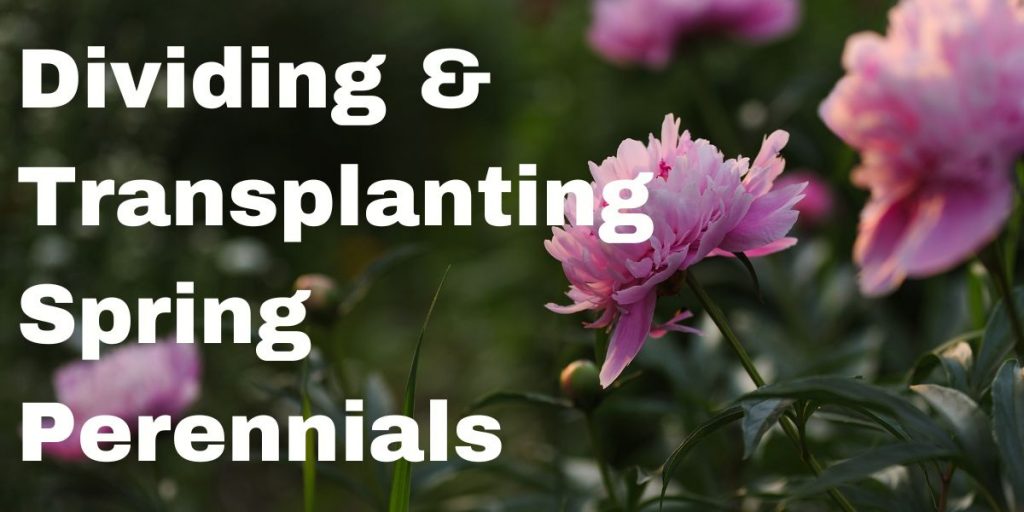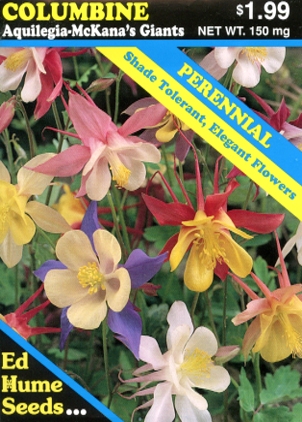August and early September is the time for dividing many garden plants, The spring-flowering perennials, including aubrietia, candytuft and snow-on-the-mountain, plus primroses, hellebores, peonies and iris may be divided and transplanted at this time of the year.
The main reasons for dividing perennials are: they become overcrowded; weeds and pesky grasses encroach on the plants; the nutrients in the surrounding soils have been used up; and dividing results in additional plants.
In the Pacific Northwest, the normal fall rains and cooler weather in September and October will allow the plants divided in August to become established before the cold winter weather sets in.
The first step in properly dividing and transplanting perennials starts with the digging of the plant that is to be divided. Dig out far enough from the plant to get all the roots without breaking or damaging them.
Shake or wash off the soil that clings to the roots. Again, be careful not to in any way damage the hair-like roots of the plants.
At this point, the original plant is ready to be divided. Simply pull apart or cut each division or crown of the plant’ with its own roots intact.
Then reset each division into well-prepared soil that has good drainage. Peat moss, compost and leaf-mold are excellent soil additives where perennials are planted. Be certain to prepare the soil deep, at least twelve inches, and wide enough to spread the roots in all directions without crowding then. Too small a planting hole will generally result in stunting the plants and consequently flower production will be greatly reduced.
Mix a complete soil insecticide-fungicide dust into the soil to protect the new divisions from insect and disease infestations. The addition of a transplanting hormone or transplanting fertilizer will also help to lessen shock and encourage new root growth.
Reset each division at exactly the same depth it was originally planted. For example: primroses must be planted with the crown of the plant right at ground level. Setting the crown below ground level will result in the roots suffocating and the plant will die. Peonies must be planted with the eye no more than two inches below soil level. Bearded iris must be planted with the rhizome only half way in the soil. Each type of plant has different planting requirements, so take special note as you dig each plant, as to how deep it was originally planted. Then replant it at exactly the same depth.
I do not recommend dividing or transplanting peonies, unless they are over-crowded and are not flowering satisfactorily. Once divided, it takes a few years for peonies to recover from the transplanting shock. When divided at this time of year, the peony foliage should remain intact. November is also an excellent month for dividing peonies.
Mulching with peat moss or bark will help retain soil moisture and discourage the growth of weeds and pesky grasses. Be careful not to mound the mulch up around the croon of the newly planted divisions, as this can result in suffocation or it may rot the crown of the plant.
During extremely cold weather, the newly divided plants may be lifted out of the soil as it freezes. In this case, as soon as possible, firm the soil around the plants before they freeze and the roots are damaged from being exposed to the cold air.



